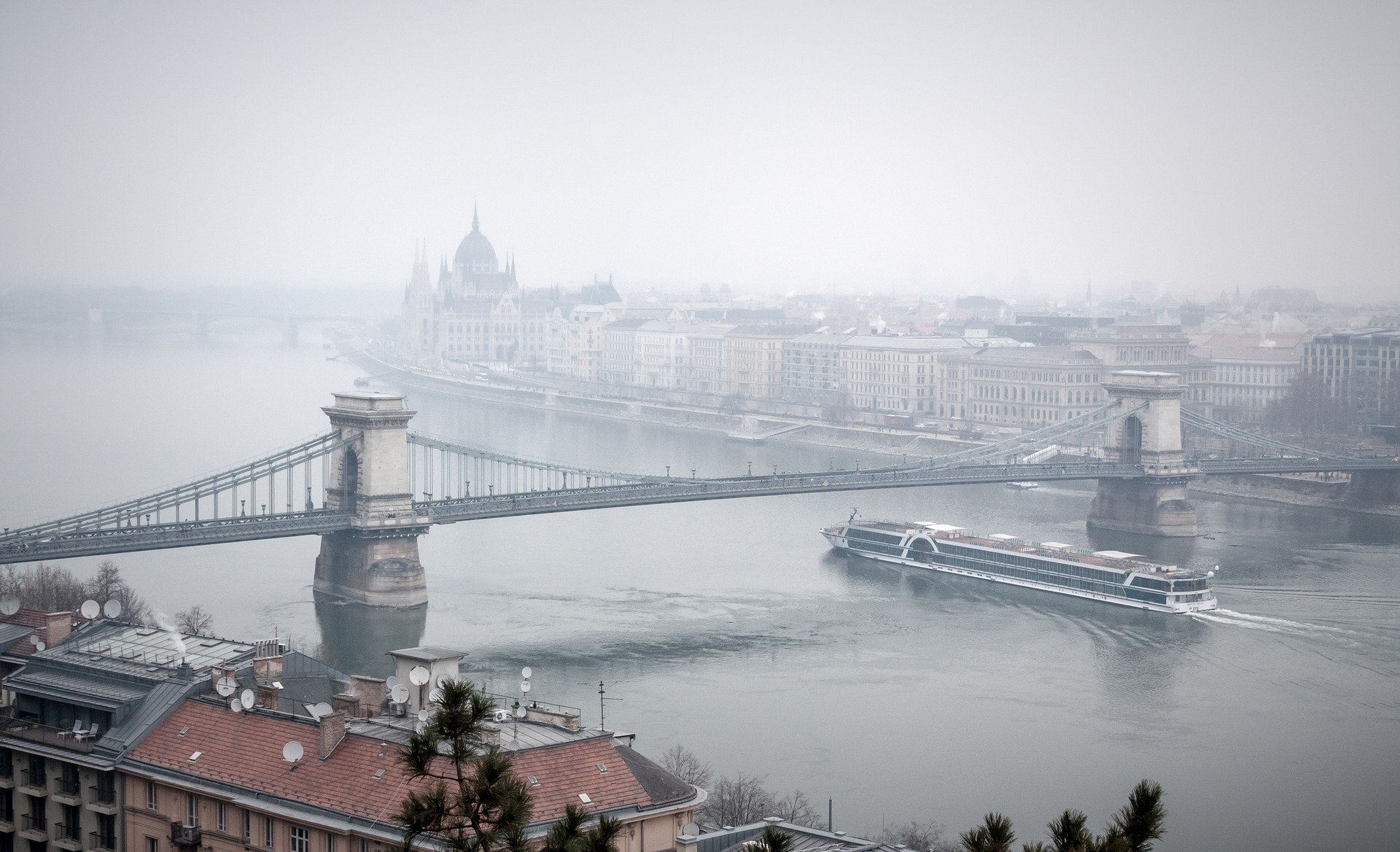
Interim targets have been set for 2020 and 2030 in the run-up to 2050 European climate targets. The member states must specify their intentions for achieving these targets in a national climate and energy plan. Hungary is not exactly at the forefront when it comes to these proposals. Recently, the country was even partly responsible for thwarting a European climate agreement. In spite of this, experts see sufficient opportunities for a sustainable future. Not only for Hungary, but also for the rest of the region.
European climate and energy plans
In order to pave the way for the energy transition in Europe, all 28 member states were asked to submit a national Energy and Climate Plan by 31 December 2018 with concrete proposals for phasing out their coal-fired power plants and for the reduction of CO2 emissions through energy-saving measures, sustainable mobility and the use of renewable energy sources. After an assessment of these provisional plans, the member states must submit a definite, updated version by the 31st of December this year at the latest.
Not only was Hungary two months late in delivering its initial plan, but the plan was more or less rejected on all points by the European Commission. In one example, Hungary estimates that the proportion of their renewable energy sources will reach a mere 20% by 2030, while the minimum is set at 32%. It remains to be seen whether any notable improvements can be expected in the short term in Hungary. This also applies to the other central European countries.
As such, Hungary is certainly not at the top of the class when it comes to combating climate change and working towards the energy transition. On the contrary, together with Poland, the Czech Republic and Estonia, the country even managed to prevent the signing of a European climate agreement last June.
Hungarian officials and state media are in the habit of downplaying and ridiculing climate concerns. For example, in an interview with President János Áder in the run-up to the Climate Summit in Chile, the presenter from the state-run Híradó Rádió spoke of ‘climate hysteria’. Áder himself dismissed Hungary’s accountability for CO2 emissions as ‘negligible.’ As well as that of the annual European proportion of CO2 emissions, which was purported to be as much as China has on a single day. A major gaffe, according to the independent online publication 444.hu. In fact, this ratio is not 365 times as much, instead it is just three times as much.
Low energy costs
As in other Central European countries, global warming is still seen as being far removed from daily life in Hungary. In a region with a rapidly ageing population and low levels of prosperity, public health is seen as the primary focal point.
A curious rationale. All the more so because of the air pollution caused by the burning of coal and solid fuels in traditional wood-burning stoves poses an enormous health risk. Especially since it is still the most important form of heat supply in the Hungarian countryside. That’s in Hungary. But even more so in a traditional coal country like Poland, where 70% of the population still uses coal. And where, according to the World Health Organization (WHO), 36 of the 50 European cities with the worst air pollution are located.
Yet the main reason for clinging to fossil resources has to do with the low energy prices. Which, by the way, are being kept low artificially. It is claimed that investments in the energy transition would drive up monthly costs for the population. Plus, in such populist-ruled countries, it’s easy to score with low-energy bills. Especially during elections. Regardless of what the long-term consequences are for the population. And aside from the question why they can keep prices down for coal but can’t seem to do that for sustainable sources.
Coal Curtain instead of Iron Curtain
Compared to the northern and western parts of Europe, Central European countries are still more or less dependent on fossil resources, according to the report titled ‘The Energy Transition in Central and Eastern Europe: The business case for a higher ambition’ by the renowned Prince of Wales Corporate Leaders Group from the Institute for Sustainability Leadership at the University of Cambridge.
After all, besides being consumers, Poland and the Czech Republic are also producers of coal. The Czech Republic is an exporter as well. Although Hungary still has only one coal-fired power station left, Mátra Erömü, but this one is linked to Orbán’s faithful childhood friend, the number one Hungarian oligarch, Lörinc Mészáros. The closure of the plant is, therefore, out of the question, although the Hungarian government claims that this is purely and entirely to do with the jobs involved.

On balance, 30 years later, Europe is now at risk of being split in two by a Coal Curtain instead of an Iron Curtain.
Green alternatives
Out of concern about these developments, various ‘green’ organizations, companies and NGOs from the so-named Visegrad countries of Poland, the Czech Republic, Slovakia and Hungary, along with neighboring Austria, have recently joined forces to form the Visegrad+ Platform. The aim is to initiate energy transition in the region as an alternative to the official state policy. One of the initiators is Energiaklub, a Hungarian NGO that focuses on spreading scientific understanding of environmental and climate issues and energy transition.
Experts from this Energiaklub, together with those from the Hungarian sustainable mobility company Mobilissimus, the Hungarian think tank Városkutatás and the European think tank E3G, all provided input as well for the previously mentioned report – ‘The Energy Transition in Central and Eastern Europe’ – in March last year.
This report not only draws alarming conclusions, but at the same time proposes solutions too. For example, the report states that buildings in the former Eastern Bloc countries in Central Europe are responsible for a significant share of energy demand. The outdated public transport network from the socialist era also leaves a lot to be desired. But according to the authors, this is also the solution to this problem. After all, with regard to both energy efficiency in the built-up environment and sustainable mobility, much-needed investments and effective measures could yield considerable benefits. For example, the typical prefabricated flats from the Eastern Bloc period can be renovated in a sustainable manner using standardized solutions. These are fairly simple to implement. And existing initiatives such as electric vehicles and bicycle and car-sharing programs could be expanded even further.
Earnings from renewable energy
Furthermore, the energy transition could be accelerated by the use of renewable energy sources. For instance, solar PV is an excellent option for Hungary, just as it is for Romania and Bulgaria. Countries with a coastline such as Poland and the Baltic States would be able to make a lot of money from onshore and offshore wind farms. Also, Slovenia and the Czech Republic would be able to generate their own electricity from hydroelectric power stations thanks to their mountain rivers. Lastly, the possibilities with geothermal energy are worth exploring, as well as lesser-known renewable energy sources such as tidal and wave energy.
With the appointment of a ‘green’ mayor to the Hungarian capital city of Budapest, who is not affiliated with the governing party of Fidesz, at least there will be some fresh winds blowing through the eastern part of Europe. All the more so because, in his victory speech on 13 October, the brand new mayor promised not only to commit himself to a ‘green and free Budapest’, but also to strive for closer ties to Europe.

